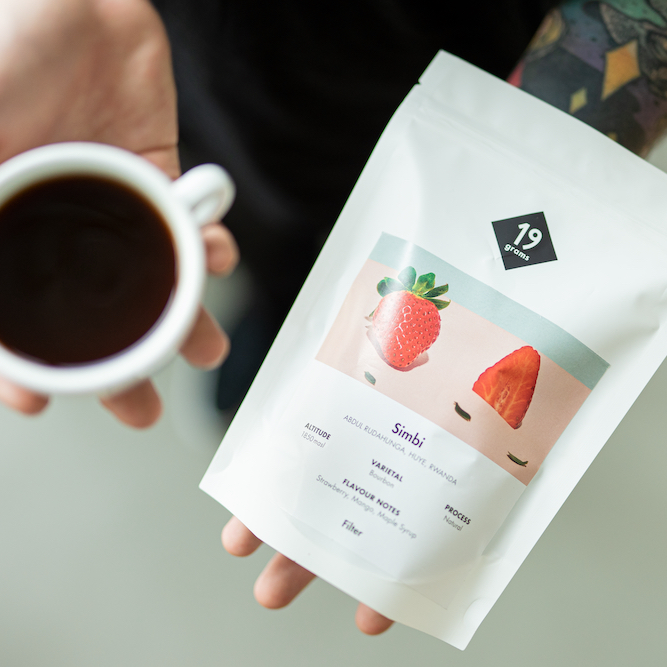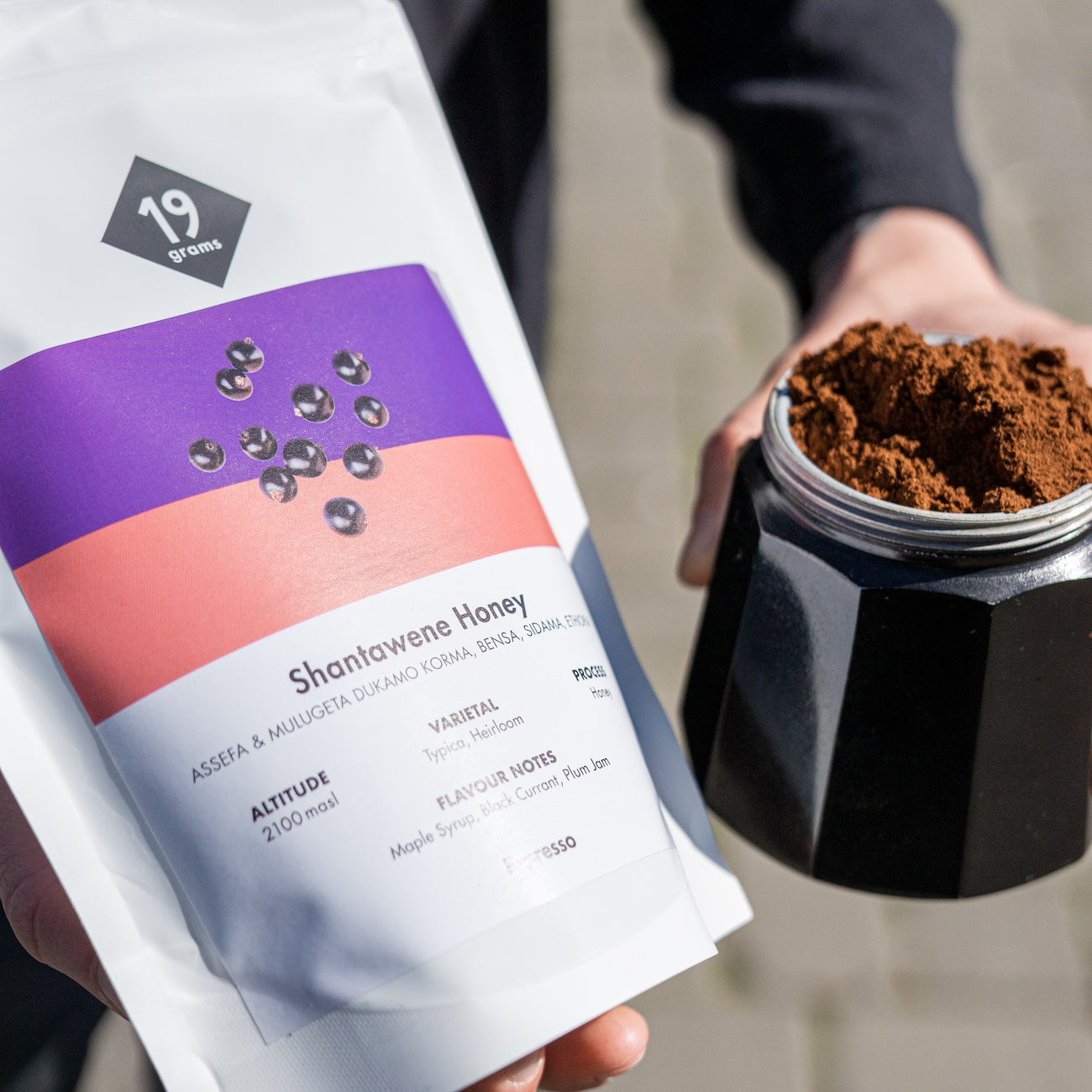From cappuccino to latte to latte macchiato, milk foam adds a delicious texture to popular coffee drinks. Although cow's milk is traditionally the first choice, there are a whole range of alternatives to discover. We only use oat and cow's milk in our cafés because we've made them our favourites. But we want to help you find the perfect milk substitute, so we've done extensive research and testing.
We won't be looking at cow's milk because it's already very well documented. We will focus on lactose-free and vegan options, specifically soy, grain and nut milks. The main goal is to show how each alternative can be combined with coffee, especially in a cappuccino. So let's dive in and discover the results of our extensive testing!
1. Soy milk:
The most common milk alternative. Soy milk is derived from soybeans and is a plant-based alternative. With a high protein content (36%) and low carbohydrate and fat content compared to cow's milk, soy milk is a healthy alternative. However, we found that soy milk produces little foam and has a subtle, earthy flavour that doesn't complement cappuccino well.
2. Rice milk:
Rice milk is made from whole grain rice and water and is a good choice for vegans and people with lactose, protein or gluten allergies. Rice milk has a natural sweetness and low protein content, which makes it difficult to froth. Nevertheless, it harmonises surprisingly well with espresso in a cappuccino and offers a light and pleasant taste.
3. Almond milk:
Almond milk is made by mixing roasted almonds with water and is known for its health benefits and mild almond flavour. When frothed up, it produces a creamy texture and a slightly tart flavour. In a cappuccino, the bitterness of espresso becomes more pronounced when combined with almond milk.
4. Rice-almond milk:
Rice and almond milk is a popular milk blend that combines the natural sweetness of rice milk with the subtle nutty flavour of almond milk. This harmonious combination offers a delicate texture and pairs well with the chocolate notes found in an espresso, resulting in a pleasant cappuccino experience.
5. Coconut milk:
Coconut milk, derived from the flesh of the coconut, contains medium-chain fatty acids and is a good source of energy. It is difficult to froth, but coconut milk adds a subtle coconut flavour to cappuccino and has a less watery consistency compared to soy milk.
6. Oat milk:
Oat milk belongs to the cereal drink family, tastes naturally sweet and is suitable for vegans and allergy sufferers. Although it has a strong cereal flavour, it goes well in a cappuccino and offers a sweet note. However, the taste of the espresso can sometimes be overshadowed by the oat milk.
7. Spelt milk:
Spelt milk, a type of grain milk, is similar to cow's milk in appearance. It contains less high-quality protein, calcium and certain vitamins, but these can be added during production. Spelt milk produces more foam compared to other alternatives and offers a pleasant caramel flavour in a spelt cappuccino.
8. Millet milk:
Similar to oat milk, millet milk also belongs to the category of cereal drinks. It has a yellowish colour and a stronger taste. Its limited foaming and tendency to settle quickly result in a watery consistency. The dominant millet flavour may not go well with espresso.
9. Cashew milk:
Cashew milk is made exclusively from cashew nuts and water. It has a distinct taste that does not directly resemble normal cashew nuts. However, because of its strong taste and limited foaming, it is less suitable for mixing with espresso in a cappuccino.
10. Hazelnut milk:
Hazelnut milk has a watery consistency and a distinct hazelnut flavour. Its foam is difficult to separate but gives it a delightful note. It is common to add sugar to hazelnut milk to enhance its natural sweetness.
Why does the milk curdle?
Coagulation occurs when the proteins in the milk lose their solubility, clump together and form flakes. This reaction is more likely to occur in older milk and is accelerated by hot coffee. The acidity of the coffee also contributes to coagulation. However, roasting coffee beans slowly and gently, as we do, helps to reduce the acidity and minimise the coagulation effect that often occurs with industrially roasted coffee. Sometimes very cold milk poured into fresh, hot coffee also curdles because of the temperature differences.
Realistically, the perfect milk alternative for your coffee is a matter of choice. Each has its own advantages and disadvantages. Test the alternatives for yourself and decide which one gives you the flavour profile you want for your coffee. From soy, oat and rice milk to almond and coconut milk, the choice is vast. When choosing your preferred milk alternative, look for foam quality, flavour compatibility and nutritional considerations. Discover a variety of coffee flavours now and create your ideal cappuccino experience!






